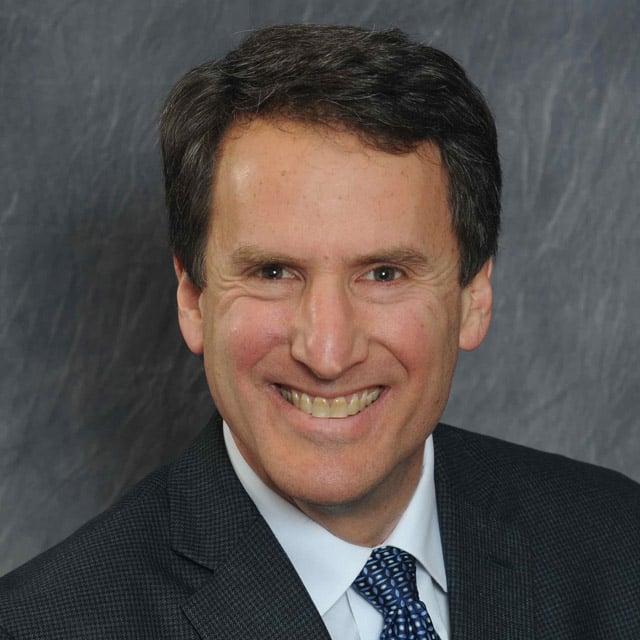Avoid Year-End Stress: Discuss Charitable Giving With Clients Now

Six years ago, when I wrote a similar column, the financial and charitable worlds were quite different.
The Dow Jones Industrial Average was just over 22,000, the Covid-19 pandemic had not yet arrived, and the number of donor-advised funds totaled 463,000, compared with nearly 1.3 million today. Grants from DAFs to charities have increased from $19 billion back then to $46 billion in 2022, and contributions from donors to DAFs now account for 22% of all gifts to charity.
As we approach the peak giving season, it’s important that advisors engage their clients now in the charitable planning conversation instead of waiting for the last-minute rush.
Philanthropic clients appreciate the interest and the help that advisors can provide since it can help them and the charities they support.
Most high-net-worth and ultra-high-net-worth clients are aware of the challenges that their favorite charities continue to face as well as frequent world, national and local crises. At the same time, in spite of volatile markets and inflation, they are aware that with the help of their advisors, their own net worth has continued to increase.
As a result, many donors, especially those who have established DAF accounts, have been very generous in their grantmaking. Unfortunately, the recent Giving USA report indicated that the amount of giving dropped last year for only the fourth time in the past 65 years.
Though there are many topics to discuss, here’s a brief list:
1. Giving goals. How much do clients plan to give the rest of the year, in the next few years, and for the foreseeable future? Has their timeframe for giving changed?
2. What assets should they donate? Do they have highly appreciated stock that they could and should donate? Do they plan on selling a business and donating privately held business interests? Do they have real estate that they no longer want or need?
Do they want to give these at one time to a particular charity, or do they want to contribute to a DAF so they can receive a tax deduction then and make grants from the DAF over time?
3. Foundations vs. DAFs. Should they continue to donate and make grants in the same way that they always have, or are there better or more efficient and impactful ways to give? Is the private foundation that they created years ago still appropriate given the size, expense, or administrative burden?
Many foundations have converted to DAFs over the past 5-10 years, while others have opened complementary DAFs to the foundation. For some clients, foundations are still the ideal option.




